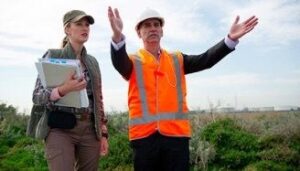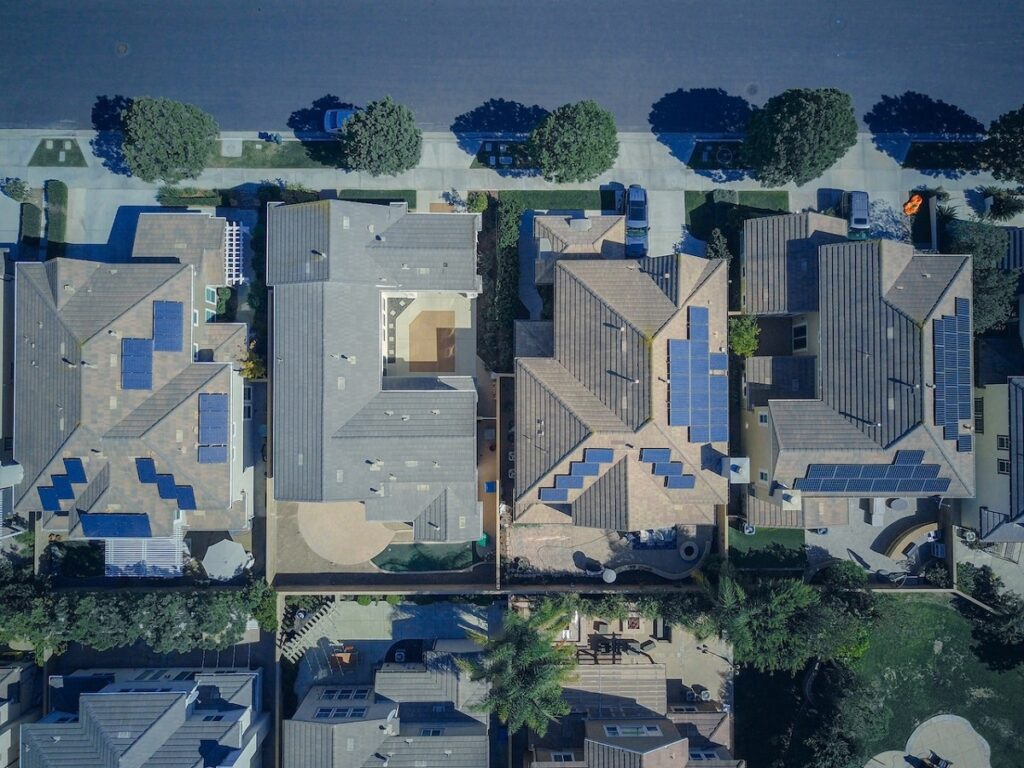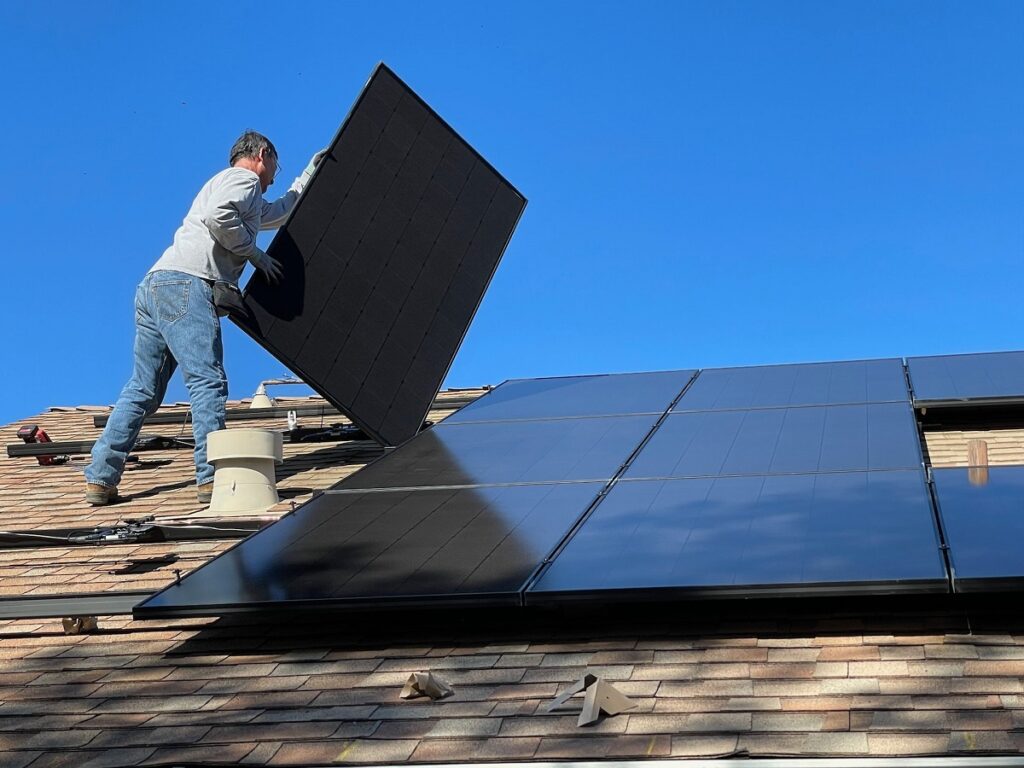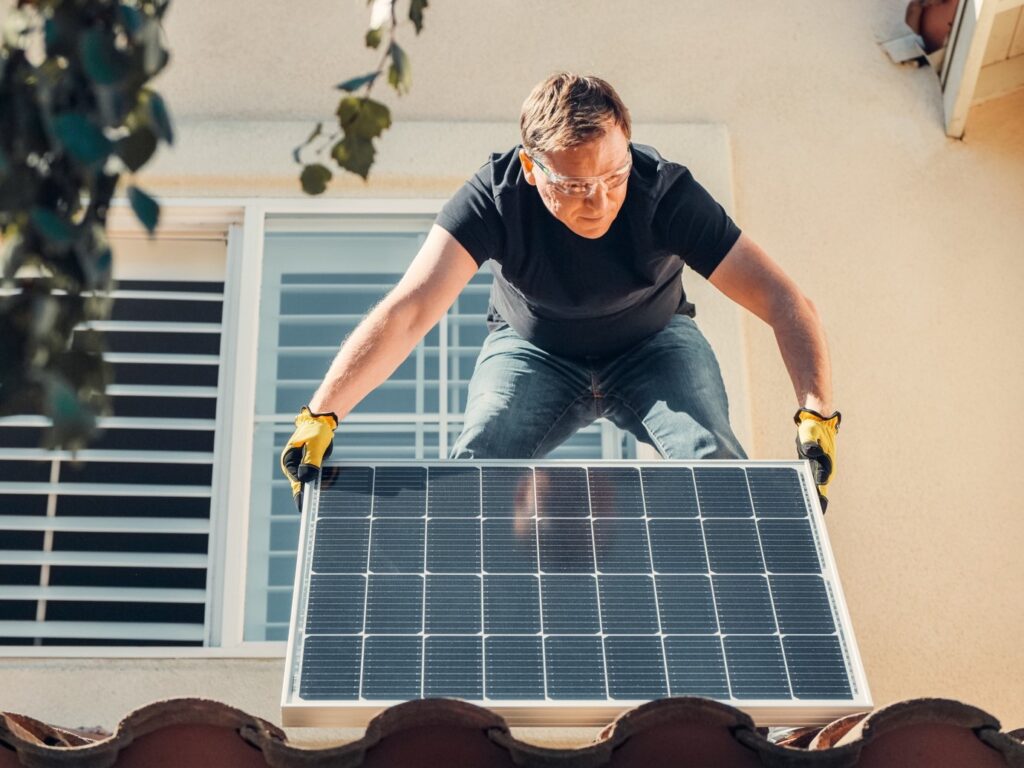
It is getting increasingly hard to make sense of exactly what is happening in Australian energy policy these days. Just ask comedian Rob Sitch, who looked at the industry while researching for his new series of “Utopia”, where he plays the head of the fictional National Building Authority.
Turnbull’s Snowy Announcement
Looking for “grand plans” that his character could announce, he conducted a mini Finkel review of his own and looked specifically at Snowy Hydro, even before the Turnbull government’s announcement of Snowy 2.0. What he found wasn’t so much an energy industry as a market more in common with junk bonds on Wall Street.
“Truth is stranger than fiction,” he said in an interview last week. In the end, he just found it too bizarre, even for a program like Utopia, which specialises in improbable projects that have the lure of being “announceable” even if they are never built: Essentially a turntable for government naming rights.
There has been more than bit of that sort of caper in the last few months, and the late John Clarke summed it up neatly with Bryan Dawe in one of the last episodes of their weekly satire, in a memorable interview with “Wal Socket.”
COAG
But if we are to believe, as energy minister Josh Frydenberg suggested on Friday, that the latest COAG meeting will be remembered and hailed as the meeting that “turned the ship” around on energy policy, it is still not clear exactly where that ship is heading.
Frydenberg was quoting Tony Marxsen, the head of the Australian Energy Market Operator, and it was in reference to the 49 out of 50 recommendations that were adopted from the Finkel Review.
It is what everyone was hoping. But the Finkel Review recommendations were so vague it was not entirely clear what it means. That might be a good thing, if the future is beyond coal.
Turnbull tried not to frighten the horses on the weekend by telling the Queensland LNP congress that anyone who did not believe in the future of coal was “delusional”.
Clean Energy Target
One could strongly argue the opposite, as did Bloomberg New Energy Finance when shooting down the absurd technology costs pushed by the Minerals Council. But that is the role that Turnbull and Frydenberg have to play if they are ever to get a version of the Clean Energy Target past the party’s right wing.
There are four key considerations to be taken out of the COAG meeting last Friday.
The first is on the future of the CET itself. The states are promising to go it alone, but at this stage, it seems little more than playing politics. It is hard to see what interest the ACT, already at 100 per cent renewables by 2020, would have in a state-based CET.
VRET
Victoria is still yet to introduce legislation for the VRET, its own state-based renewables target of 40 per cent by 2025. Studies show that the state-based initiatives, like the Victoria and Queensland targets, will be enough to get the country to the current 2030 emissions reduction targets.
That means that any national Clean Energy Target will be of little use unless it aims a lot higher than the 26-28 per cent reductions current sought by the Coalition government.
50% Renewable Target Reckless?
But with Turnbull still describing the Queensland government’s target of 50 per cent renewables as “reckless”, there is little room to propose a scheme that will see that much renewable or more across the nation.
And he has to deal with outrageous outbursts last week by the likes of energy committee chief Craig Kelly (renewables are killing people); Resources Minister Matt Canavan (we should ignore climate change) and broadcaster Alan Jones (the head of AEMO should be run out of town).
The Finkel Recommendations
Instead, the focus needs to be put on the other important aspects of the Finkel recommendations.
Chief among these is the Generator Security Obligation. COAG resolved to ask AEMO to put together a rule-change to put to the Australian Energy Market Commission, the rule-making body known for its glacial progress on rule changes.
If the AEMC can somehow bring itself to issue a rule change in less than five years, something it has been unable to do with other key proposals that might weaken the incumbent business model, then it is hoped that AEMO is given a huge amount of discretion on where dispatch ale storage needs to be installed.
Frydenberg was at pains to point out to RenewEconomy last week that he was not suggesting that each and every wind and solar farm would have to have certain amounts of storage. That, he insisted, is to be decided by AEMO.
And experts point out that the levels of storage and dispatchable generation will be different from state to state, and location to location. This mustn’t be used simply as an excuse to make wind and solar more expensive. As ITK analyst David Leitch notes, it could be a dumb idea.
It’s pointless to ask a wind farm in Tasmania to add back-up, given the high level of hydro power. But while a new solar farm in South Australia may need to provide more, a second solar farm in the area might not. AEMO will need to monitor and manage this, but it will be a rapidly evolving brief as new technologies come on to the market.
COAG Deadline
It was interesting to note that COAG also gave the AEMC a strict deadline on new rules for demand management, an issue on which it has been dragging its heals, instructing it to produce something concrete by the summer of 2018/19.
The question of the Energy Security Board is also interesting. An independent chair and a deputy chair are to be appointed, with each state proposing a name or names to be put forward. It is not entirely clear why a new layer of bureaucracy is needed.
Crikey reported earlier this month that two names being discussed included former energy ministers Ian Macfarlane and Martin Ferguson. Either would be a disaster for the industry, and hardly independent, given their respective roles as lobbyists for the coal industry, on one hand, and the oil and gas industry on another.
Finally, there is the question about market gaming by generators. Frydenberg has focused on the generators owned by the Queensland state government (Labor), seeking to embarrass them.
Queensland has left something of a smoking gun because ever since energy minister Mark Bailey put the word on the generators to change their bidding practices, Queensland has gone from rivalling South Australia with the highest wholesale prices – over the last five years and not just this last summer as Bailey suggests – to having the lowest.
That’s why Frydenberg should ensure that the AER also focuses on other states too. Everyone in the industry knows this practice is rampant, and that is the basis of the proposal to change the 30-minute settlement period to a 5-minute settlement, to match with dispatch.
The current arrangement is simply too easy to game, and it has been happening across the country, as one of the leading networks and some of the new specialist retailers have made very clear.
Source: Giles Parkinson, reneweconomy.com.au, 17 July 2017


